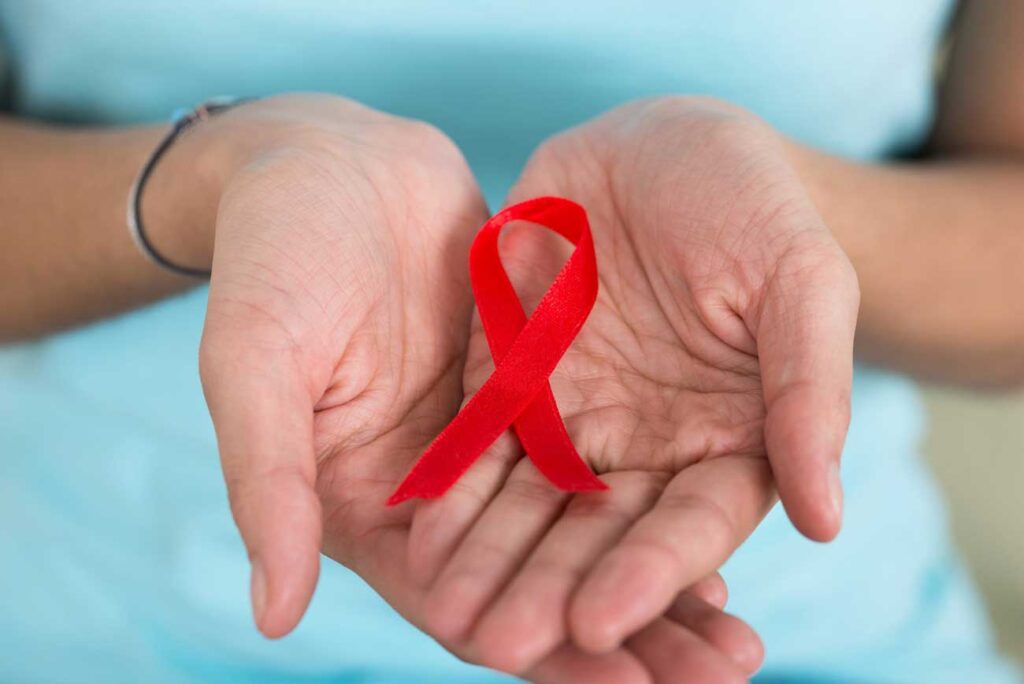Buy Provigil Online without prescription
| Drug Name: | Provigil / Modafinil |
| Tablet Strength: | 100-200 mg |
| Available Packages: | 30 - 360 pills from 0.82$ |
| Payment Method: | VISA, MASTERCARD, PAYPAL |
| Shipment: | US2US EU2EU international |
| Order Now: | Visit DrugStore |
Although Provigil does not directly bind to dopamine receptors, it may still influence the dopaminergic system by inhibiting the dopamine transporter. In animal studies, infusion of Provigil, similar to amphetamines, increased extracellular dopamine levels in the brain. Additionally, Provigil’s wake-promoting effects required the presence of the dopamine transporter, suggesting that both Provigil and traditional stimulants partially utilize dopaminergic pathways.
Liver MetabolismProvigil is rapidly absorbed, reaching peak plasma concentrations within approximately 2 hours. It is metabolized in the liver, primarily through the cytochrome P450 system, with less than 10% excreted unchanged in the urine. Its elimination half-life is approximately 12 to 15 hours.
Potential Drug Interactions via Cytochrome P450Provigil induces several cytochrome P450 enzymes, including CYP3A4, CYP1A2, and CYP2B6, potentially reducing the plasma concentrations of medications such as oral contraceptives, cyclosporine (Neoral), carbamazepine (Tegretol), and clomipramine (Anafranil). Women taking oral contraceptives are advised to use additional or alternative methods of contraception while using Provigil.
Conversely, Provigil inhibits enzymes such as CYP2C19, leading to increased concentrations of medications like diazepam (Valium), propranolol (Inderal), and phenytoin (Dilantin). Patients taking Provigil with phenytoin should be monitored for signs of phenytoin toxicity. Although in vitro studies indicate inhibition of CYP2C9, a key pathway for warfarin (Coumadin) metabolism, clinical studies have not shown significant interactions between Provigil and warfarin.
Unlike many traditional stimulants, Provigil appears to have no significant interactions with other stimulant drugs. Additionally, traditional stimulant medications do not significantly affect the cytochrome P450 system.
Assessing Daytime SleepinessThe Epworth Sleepiness Scale is a commonly used tool in sleep centers worldwide for evaluating excessive daytime sleepiness. It is a self-administered test in which patients rate the likelihood of dozing off in eight different scenarios, such as watching television or riding in a car. Scores range from 0 (never) to 3 (high likelihood), with total scores from 0 to 24. A score over 10 indicates excessive daytime sleepiness. In various studies, Provigil reduced Epworth scores by 4 to 6 points, although not always to within the normal range.
The Multiple Sleep Latency Test is considered the gold-standard objective measure of daytime sleepiness. Conducted in a sleep laboratory following overnight polysomnography, the test involves five nap trials spaced 2 hours apart. Sleep latency (time to sleep onset) is measured for each trial, and the average is calculated. Pathological sleepiness is indicated by an average sleep latency of 8 minutes or less, while normal individuals typically have latencies of 10 minutes or more. Studies have shown that Provigil increased sleep latency by about 3 minutes, though this did not always bring patients into the normal range.
Placebo-Controlled Studies of Provigil in NarcolepsyThe US Provigil in Narcolepsy Multicenter Study Group conducted two large placebo-controlled randomized trials, involving 283 patients in one study and 271 in another. Each trial compared Provigil at doses of 200 mg/day, 400 mg/day, and placebo over 9 weeks. The second study also evaluated the effects of withdrawal after discontinuing Provigil. In both studies, patients treated with Provigil experienced significantly less subjective and objective sleepiness compared to those on placebo.
At the end of 9 weeks in the second study, patients receiving 200 mg/day of Provigil scored 13.0 on the Epworth Sleepiness Scale, compared to 15.8 in the placebo group (P < .03), and 12.3 in the 400 mg/day group (P not significant). Similar trends were observed in the Maintenance of Wakefulness Test: 4.9 minutes for the 200 mg/day group, 3.5 minutes for the placebo group, and 5.1 minutes for the 400 mg/day group. All these scores showed significant improvement from baseline in the active treatment groups. On the Multiple Sleep Latency Test, the 400 mg/day group demonstrated a significant increase in mean sleep latency, while the 200 mg/day group did not. Notably, no withdrawal syndrome was observed after discontinuing Provigil.
Should Patients Take an Additional Dose at Noon?The typical starting dose for patients with narcolepsy is 200 to 400 mg every morning, adjusted based on clinical response. Schwartz et al. conducted a randomized, double-blind study involving 24 patients who were already taking 400 mg of Provigil every morning but continued to experience afternoon sleepiness. Participants were divided into two groups: one received an additional 200 mg dose at noon, and the other received a placebo. Patients who took the extra dose showed significantly greater improvement in the evening trials of the Maintenance of Wakefulness Test. However, overall test results were not statistically different between the two groups. Subjectively, the Clinical Global Impression of Change Scale showed more improvement in the group receiving the noon dose.
Provigil dosing should be individualized, with some patients benefitting from doses up to 800 mg/day divided into multiple doses. While administering doses later than noon is generally avoided, a noon dose does not negatively affect sleep architecture and may be beneficial for patients with persistent excessive daytime sleepiness.
Provigil for Off-Label Use in Various ConditionsProvigil has been prescribed off-label for several clinical conditions, including multiple sclerosis, attention-deficit hyperactivity disorder (ADHD), Parkinson's disease, mood disorders, traumatic brain injury, chronic fatigue syndrome, opiate intoxication, and recovery from general anesthesia.
In Multiple SclerosisFatigue is a prevalent and potentially debilitating symptom in patients with multiple sclerosis (MS). One study found that 28% of MS patients considered fatigue their most troubling symptom. In clinical trials, fatigue is frequently assessed using the Fatigue Severity Scale, a nine-item questionnaire validated for differentiating fatigue in patients with medical conditions from that in healthy individuals.
Historically, MS-related fatigue has been treated with medications like amantadine (Symmetrel) and pemoline (Cylert). However, pemoline use declined due to its risk of hepatotoxicity and was removed from the market in 2005.
Provigil has shown mixed results in managing fatigue associated with MS. In a single-blind study involving 72 patients, participants received placebo during weeks 1–2, Provigil 200 mg daily in weeks 3–4, Provigil 400 mg daily in weeks 5–6, and placebo again in weeks 7–9. Significant improvements in fatigue measures were observed with the 200 mg dose compared to placebo, while the higher dose showed no additional benefit. Mean Epworth Sleepiness Scale scores decreased significantly with both doses, although baseline scores were already within the normal range.
Conversely, two double-blind, placebo-controlled studies found no statistically significant reduction in fatigue with Provigil. The larger study, which included 115 patients, titrated Provigil up to 400 mg daily over four weeks, as tolerated.
In ADHDProvigil has been studied for its potential in treating ADHD in both adults and children, and it is considered an alternative to traditional stimulants for adult ADHD.
A double-blind, placebo-controlled, crossover study of 22 adults with ADHD compared Provigil, dextroamphetamine, and placebo. The average daily dose of Provigil was 207 mg, while dextroamphetamine was dosed at 22 mg daily. Both Provigil and dextroamphetamine significantly outperformed placebo on five outcome measures, including subjective rating scales and tests of word association and digit span. Another study involving 20 adults with ADHD found that Provigil 200 mg daily reduced impulsivity based on neuropsychiatric testing. Despite these promising findings, larger studies are needed to confirm Provigil’s efficacy in adult ADHD.
For pediatric ADHD, large double-blind studies are lacking. In a 6-week double-blind study of 24 children aged 5 to 15, Provigil doses of 200–300 mg daily produced significantly better results than placebo on the Test of Variables of Attention, a computerized performance assessment. However, no significant improvements were noted on the ADHD Rating Scale.
Importantly, Provigil does not seem to cause significant appetite suppression or weight loss, common side effects of traditional stimulants in children. As a result, Provigil may offer a more favorable option in certain cases.

